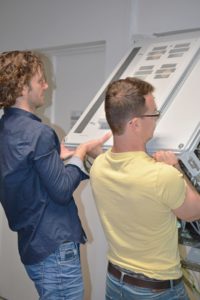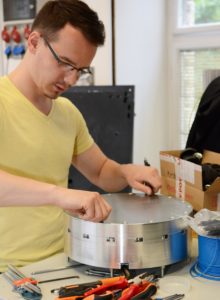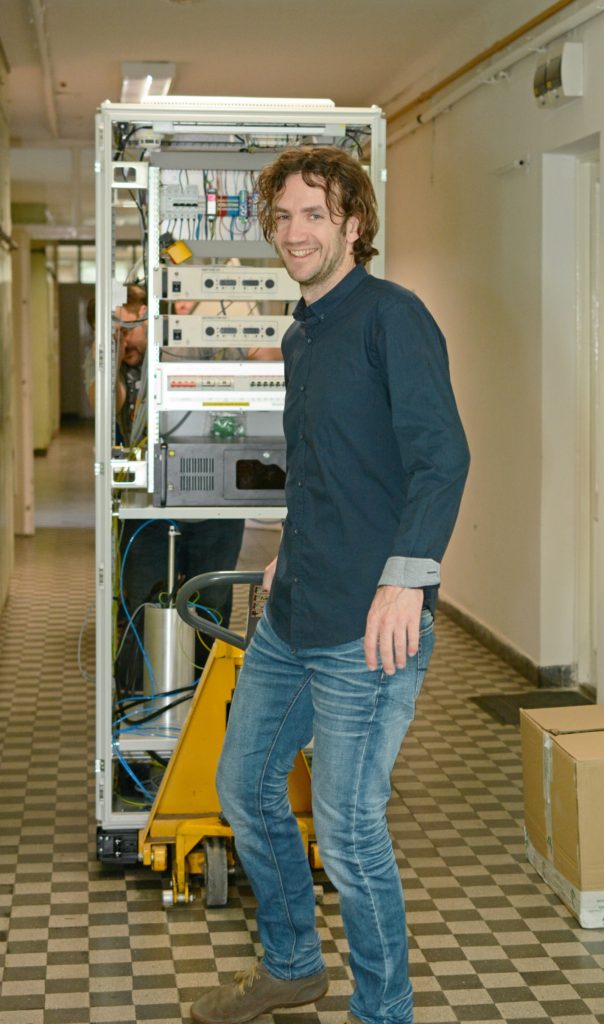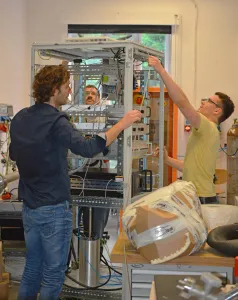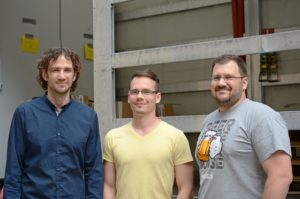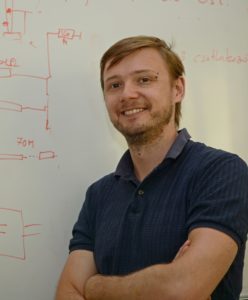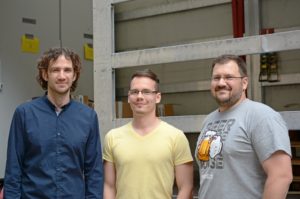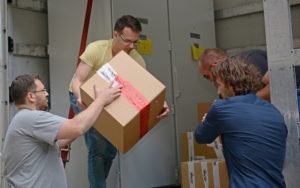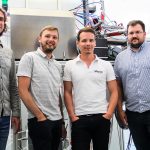New Hungarian diagnostics departed and arrives today at the Wendelstein 7-X, the world’s largest stellarator type experimental fusion device in Greifswald, Germany, where the work of the Hungarians is well known.
Feverish preparation and packing preceded the departure of the accelerated alkaline atomic diagnostics, designed and manufactured by the members of the Beam Emission Spectroscopy Research Group, Wigner Research Center for Physics, Dr. Gábor Anda, project manager, Tibor Krizsanóczi electrical engineer, Sándor Hegedűs physicist and Domonkos Nagy mechanical engineer.
According to Dr. Gábor Anda project leader
“It is an incredible feeling to build something for the world’s largest experiment of this type, although we have already built similar diagnostics for South Korean and Chinese tokamaks, this is the first built for a stellarator. This is like an exam, we are well prepared and excited to come to terms with our best knowledge and we look forward to the good results. “
The project was implemented within the framework of EUROfusion between the Max-Planck-Institut für Plasmaphysik and the Wigner Research Center for Physics.
The diagnostic will provide important measurement data in the next campaign starting in September, so the Hungarian team has a total of two diagnostics, including a video diagnostics system that has already been installed and achieves very good results.
